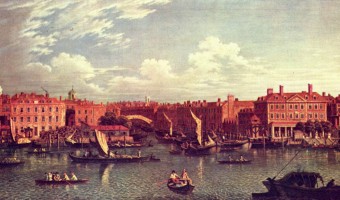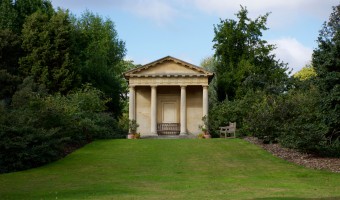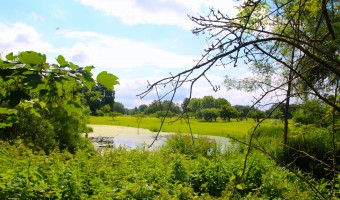A Day in the London Wetlands Centre
London is one of the world’s best cities to visit for green spaces, wildlife and nature, and is home to a plethora of different parks and reserves. Visitors will be surprised to find out just how unknown the London Wetlands Centre is. Even Triptide’s editor, who having lived in nearby Putney for ten years, had never heard of it, so we endeavoured to shed light on one of London’s most important conservation efforts.
Nestled in the heart of the London borough of Richmond upon Thames, the London Wetland Centre (LWC) is one of the world’s first man-made conservation efforts. Originally conceived by environmentalist Sir Peter Scott in 1946, the Wildfowl & Wetlands Trust (WWT) began in Slimbridge, before the London branch was setup in 2000, giving the migrating birds of the world a home to call their own right in the middle of the capital. Work on the LWC began in 1989 and involved thousands of passionate Londoners planting well over 300,000 water plants and 27,000 trees. Reptiles from soon-to-be developed brownfield sites in Kent were rescued and helped turn the LWC into an area of incredible biodiversity. Today the centre represents a fantastic opportunity for nature lovers to experience a slice of the wild, as well as contribute to the organisations global charity efforts.
What types of animals can the visitor expect to see?
What the visitor will see greatly depends on the time of year they visit, although some animals like the Oriental small-clawed otter are present throughout. Spring brings a burst of colour and an influx of summer migrants such as yellow wagtails, sand martins, and orange-tip butterflies. Summer is exciting for the variety of reptiles, ranging from grass snakes to common lizards. Autumn is the best time to witness rare birds stock up on the bounty of nuts and fruits before the cold winter months. Visiting in winter time makes seeing usually shy birds like the iconic kingfisher easier, as the shorter days forces them to feed when people are about. The afore-mentioned otters are fed twice a day as well, at 11am and 2pm.


Walking around the wetlands
The area is as diverse as the animals that inhabit it. There is a well-marked trail leading visitors around examples of different wetlands seen across the globe; the same area inhabits the otters as well. For a look at the truly rugged, the Wildside area is intentionally allowed to overgrow, transforming walks along the summer route into a paradise of wild flowers and birds. Birdwatchers can stop in one of three wildlife viewpoints to see grey herons, Canada geese and rare wading birds. For families visiting with young children, the LWC has a host of fun activities and play areas, like the pond safari where kids can get a hands-on experience with British wildlife. Talk to one of the knowledgeable volunteers if you have any questions.


Why is the LWC so important?
We spoke to a few of the volunteers working at the centre about the significance of having a dedicated space for wildlife in London. One volunteer, Malcolm Chevin, said “It’s providing an outlet for wild birds and endangered species that would otherwise have no place to go”. He continued, “The London Wetlands Centre is a platform for others to build on, something to hopefully inspire a younger generation to take more of an interest in the world’s wildlife”.
The BBC’s Springwatch presenter Chris Packham is also a regular visitor to the site and recently praised the LWC as “one of the most important conservation projects of the past century”. To him and many other Londoners, the LWC gives “millions of people the opportunity to encounter wildlife up close”.
If you love the outdoors, or even if you just want a tranquil place to relax, the LWC is one of London’s hidden gems and is definitely worth a visit.
 The Sanctuary of the River
The Sanctuary of the River

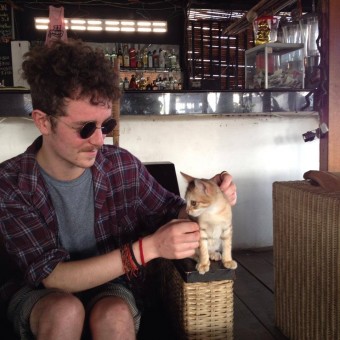
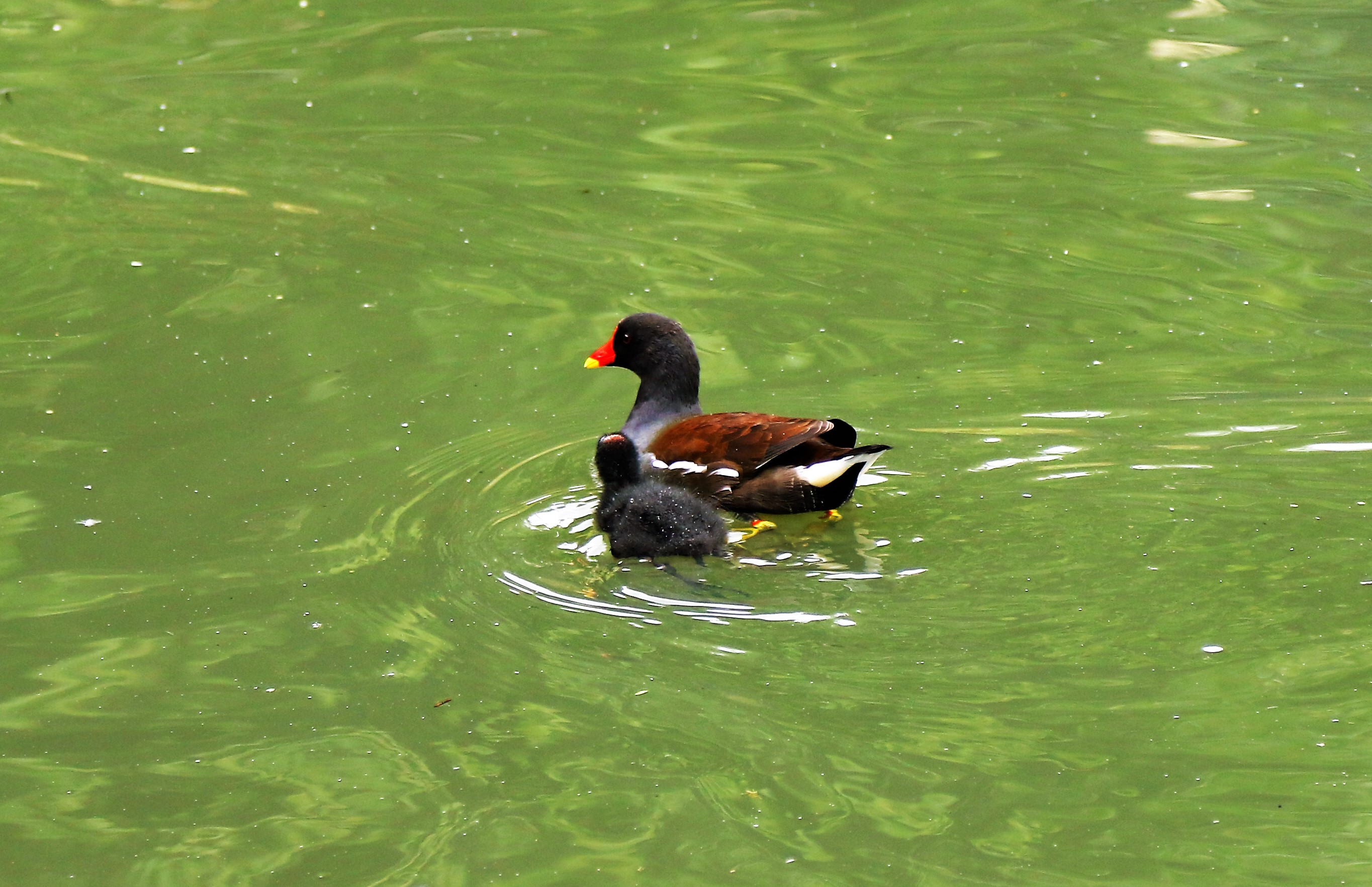
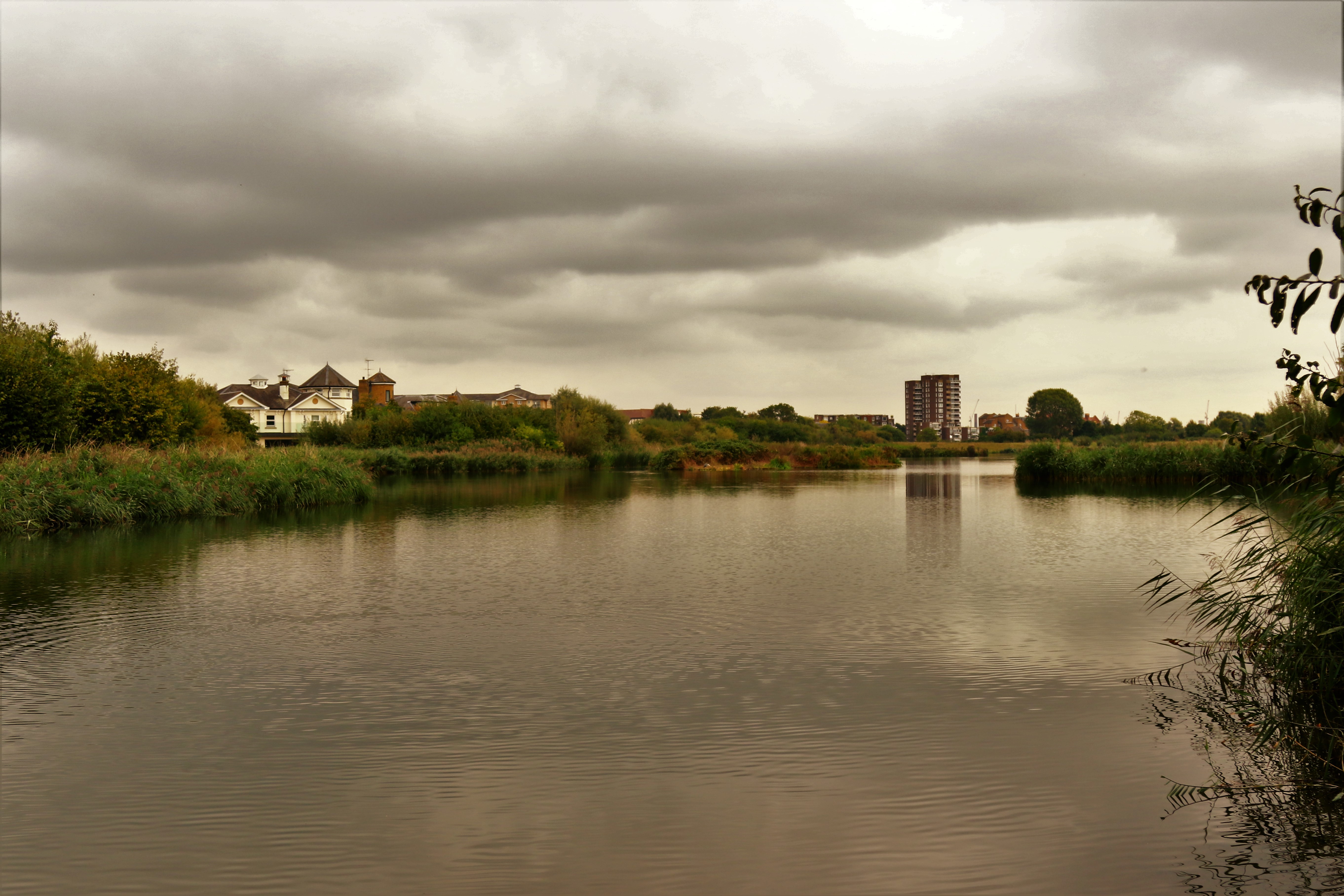
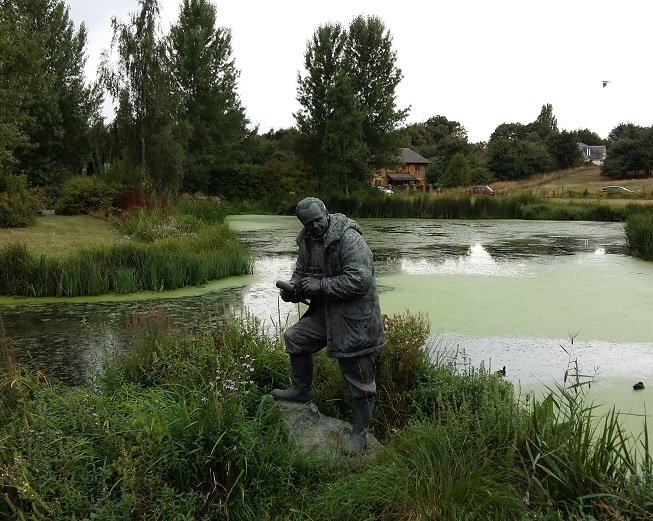
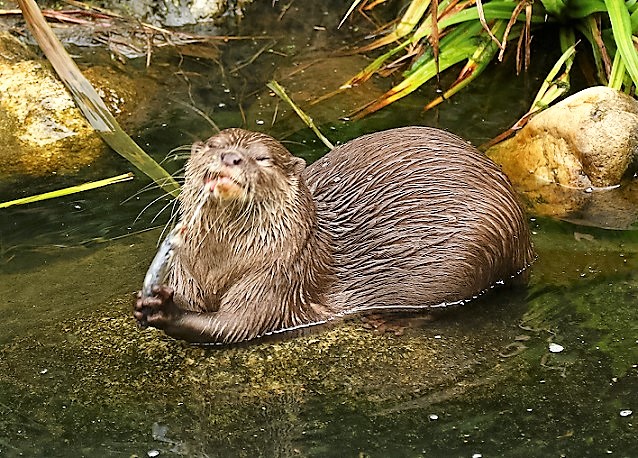
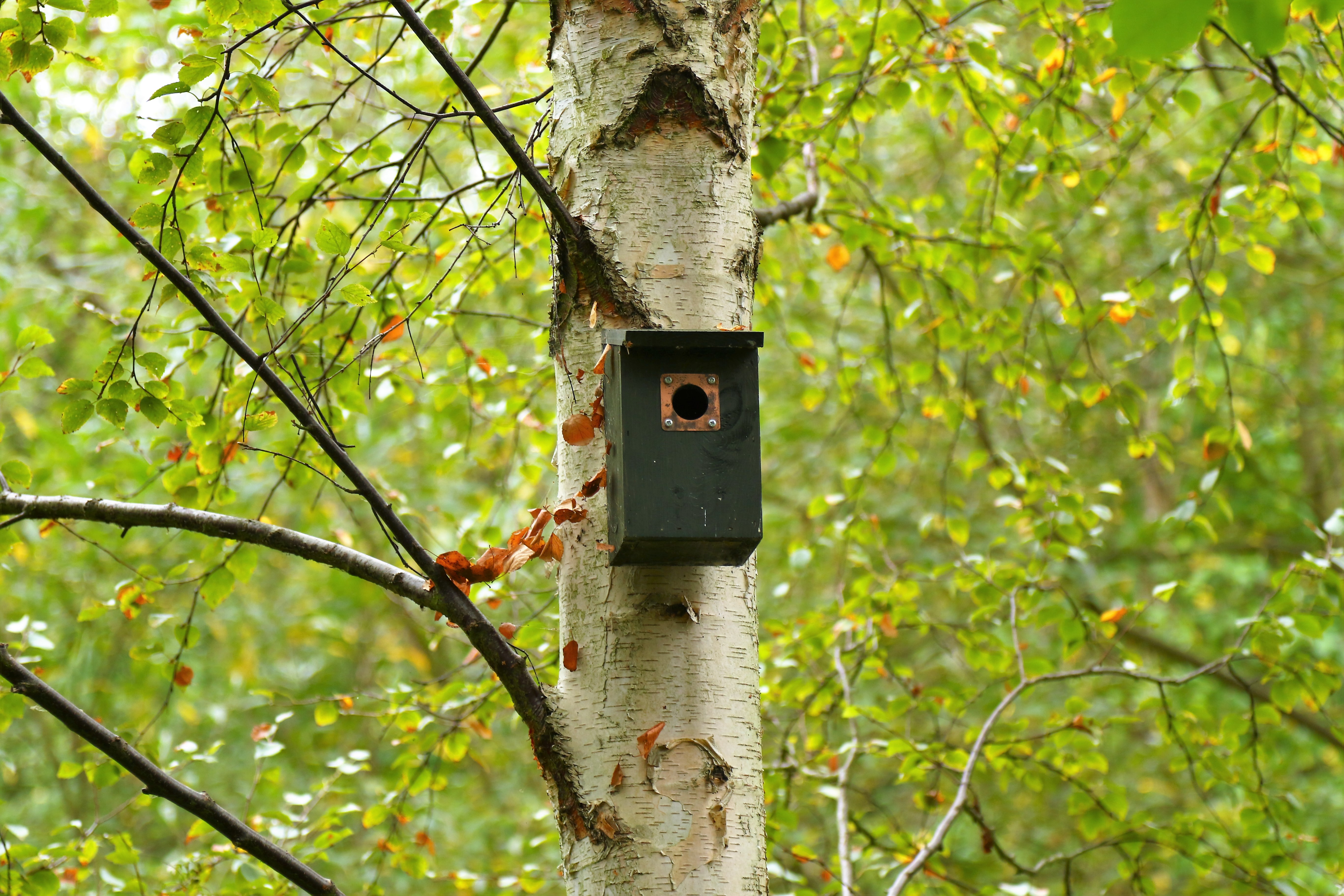
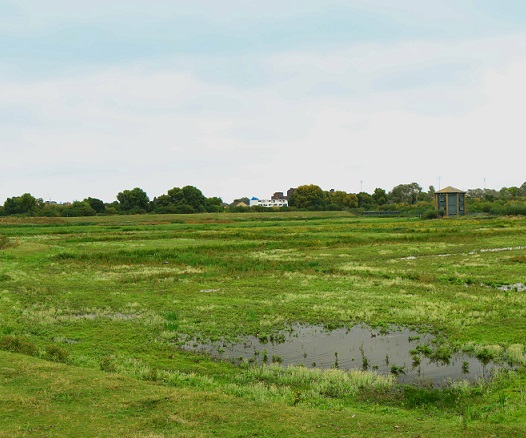
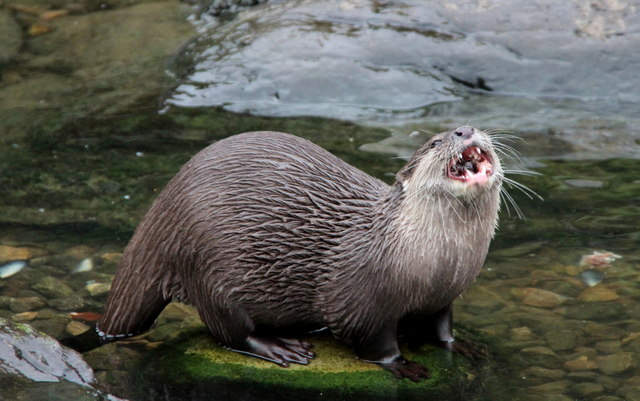
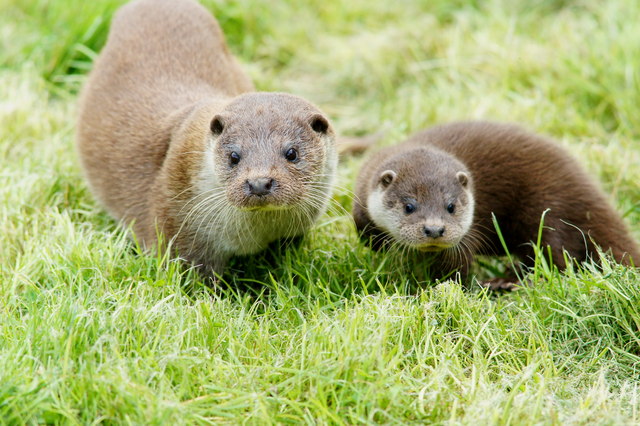

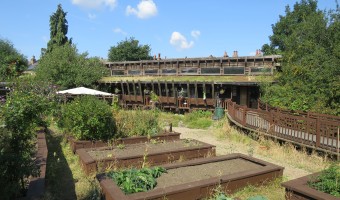
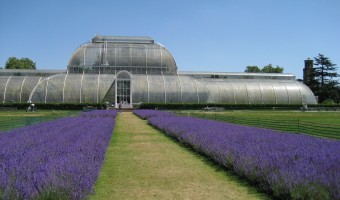
 Load more triptoids
Load more triptoids